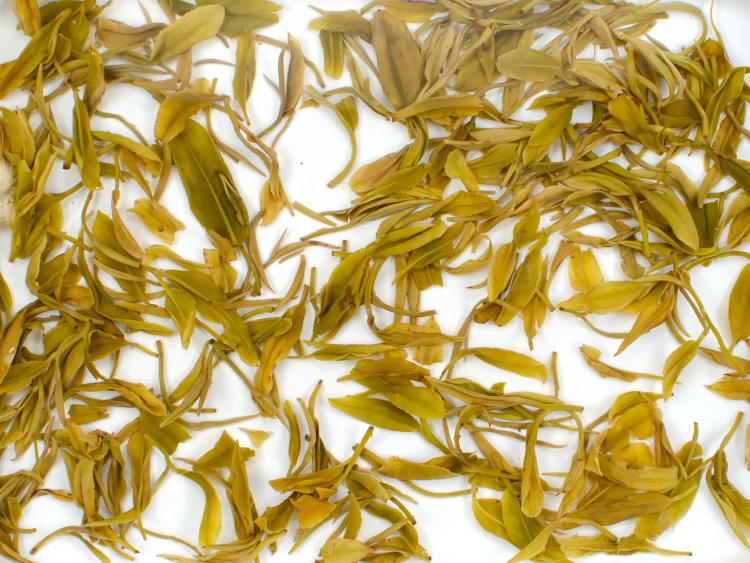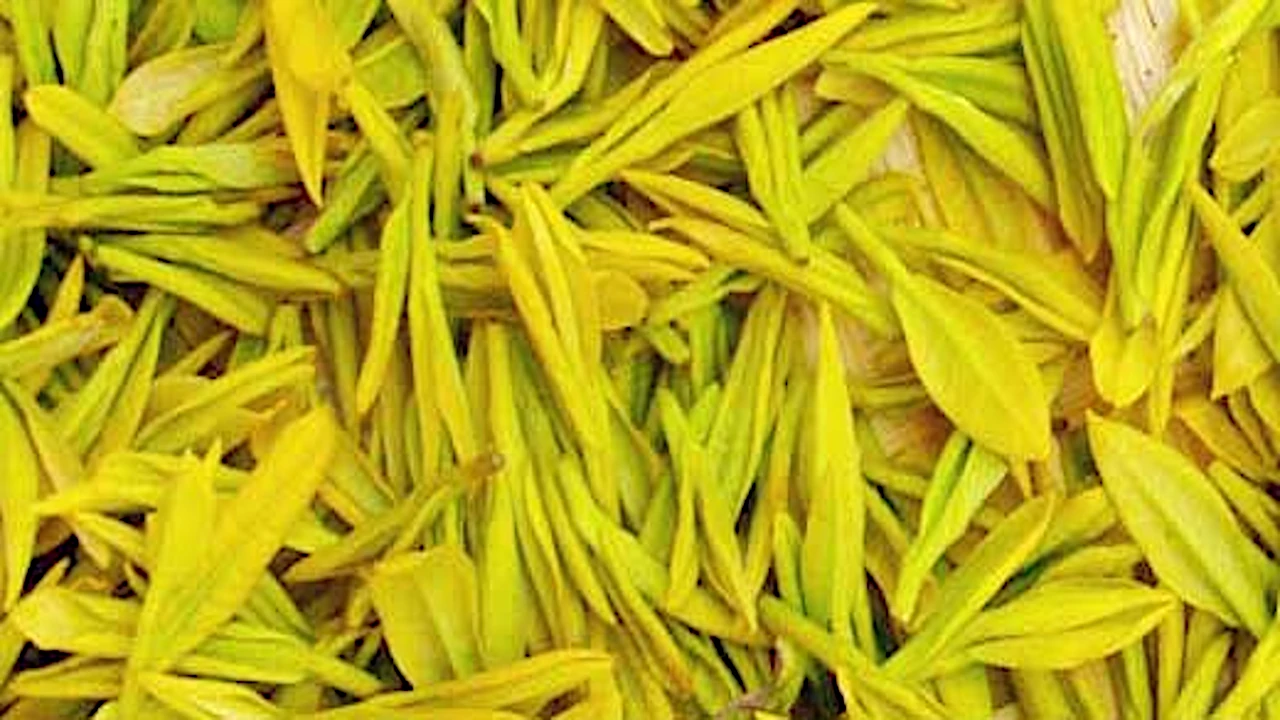Yellow Tea The Rarest Tea In The World
Bangladeshi growers have produced highly prized yellow tea, a feat that would help the nation save foreign currency used to import pricey types of the beverage. Due to pricing competition, this nation can now profit more by exporting more expensive teas.
According to Nasir Uddin Khan, manager of the garden, yellow tea has been produced for the first time in Bangladesh at Brindaban Tea Garden in Habiganj.
“Earlier, we started to produce yellow tea experimentally. Now, we are producing it commercially,” he said.
Not Just Produced In China
Mahmud Hasan Prince, a scientific officer of Mirzapur Tea Garden, asserted that this type of tea had never been produced in the country. The Brindaban Tea Garden made an impact on the past. He predicted that the development of yellow tea would inspire innovation at other tea estates.
Yellow tea, which is native to China and has steadily increased in popularity around the world, is said to have a relatively unique flavor since it has a fruity and distinct aftertaste, a smooth texture, and a nice aroma.
Mahmud Hasan Prince, a scientific officer of Mirzapur Tea Garden, asserted that this type of tea had never been produced in the country. The Brindaban Tea Garden made an impact on the past. He predicted that the development of yellow tea would inspire innovation at other tea estates.
Yellow tea, which is native to China and has steadily increased in popularity around the world, is said to have a relatively unique flavor since it has a fruity and distinct aftertaste, a smooth texture, and a nice aroma.
A Pricey Tea
In many nations, yellow tea is considerably more expensive than ordinary tea. Yellow tea costs 75,000 rupees per kilogram in India. According to Khan, there is a significant market for the tea in European nations.
This year, the Brindaban Tea Garden hopes to produce 500 kg of yellow tea.
According to Tarafder, white tea from outside costs Tk 7,000 per kg while it costs Tk 4,500 locally.
Bangladesh has roughly 32 lakh consumers of imported white, green, yellow, and black tea.
The “sealed yellowing” technique is what gives the bright yellow color, which is artificial.
According to the procedure, tea polyphenols are first subjected to oxidation to give them a yellow tint before being further processed to maintain the dried leaves’ color and aroma.
More on “sealed yellowing” technique in another article…
Evolution Of Yellow Tea Bangladesh
On March 15, yellow tea was put up for auction in Chattogram. Six kilograms of yellow tea were put up for sale by the government, with each kg earning Tk 8,300. Sreemangal’s well-known Tea House purchased the tea.
On March 18, there was yet another auction at the Sreemangal Auction Center. Sreemangal Brokers Ltd. held the auction, and each kg went for Tk 12,200.
Yellow tea was auctioned at the highest price in Bangladeshi tea history, according to Jahar Tarafder, member secretary of the Tea Planters and Traders Association of Bangladesh.
The Brindaban Tea Garden covers about 1,183.37 acres and was founded in 1920. There are about a thousand employees.
Yellow tea had now been successfully made, according to Khan, after white tea.
Due to unfavorable weather, Bangladesh produced 86.39 million kg of tea in 2020—a decrease of 10.01 percent over the previous year. The amount consumed each year was 84 million kg. You can see more of this tea by growers by the end of this year.

